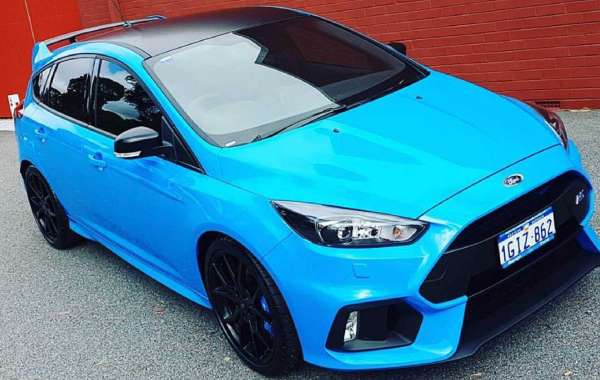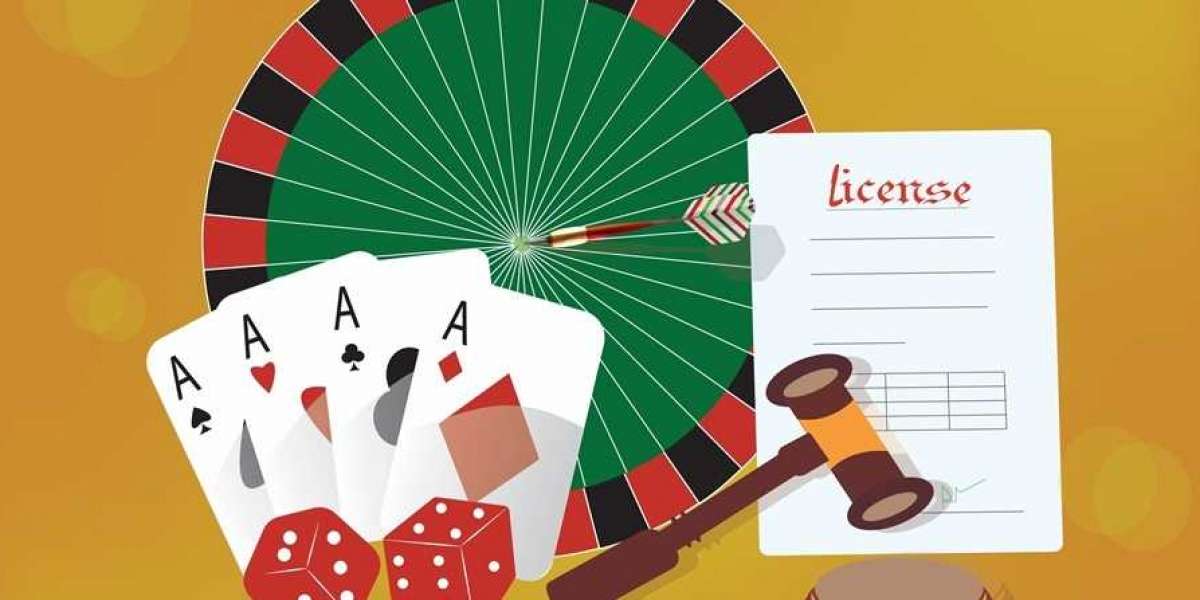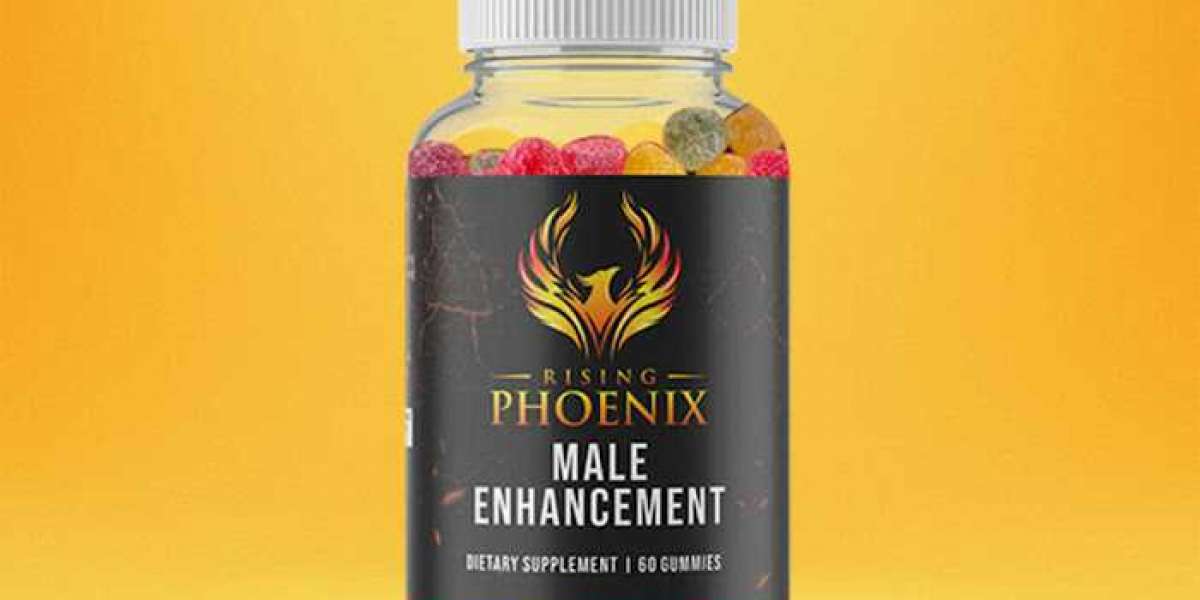Much of what happens in global car culture originates in the US, and wrapping cars in vinyl is no exception. You need to go all the way back to the 1950s for the origins of vinyl wraps, when a company in the US offered polka dot treatments you could stick on your car yourself to mimic contemporary clothing fashions. Learn more about car wrap prices.
The use of vinyl stickers for graphics and logos became extremely widespread, but the practice of covering a whole car in vinyl didn’t really take off until the 1990s. That’s when somebody twigged that German taxi fleet owners could save a fortune by wrapping their taxis instead of painting them.
German law demanded taxis should be a particularly horrid shade of beige, which meant nobody wanted to buy a second-hand one unless it was resprayed. Using a beige vinyl wrap meant taxi firms could order their new cars in more popular colours, with the added advantage of finding pristine paintwork when the beige wrap was peeled off after three years of taxi duty.
Once the cat was out of the bag the wrapping concept quickly took off. First of all corporate brands discovered the technique was perfect for turning vehicles quickly and easily into mobile billboards, and pretty soon vinyl wrapping was taken up by car enthusiasts around the world as a simple and relatively cheap alternative to changing the colour of your car with a respray.
Nowadays, vehicle wrapping is such big business that all sorts of new material and application technologies have been developed, some of which make it surprisingly easy for car owners to carry out a professional-looking DIY wrap job. You can buy car wrap by following the link.
The wrapping foils and films are where the biggest advances have come, with new vinyl types and adhesives that are more robust and effective, and an almost infinite availability of bespoke patterns, colours and finishes now available to drivers who want to customise their cars.
Finishes available today include matte, metallic, pearlescent or ‘flip-flop’-style finishes that change colour as the light moves, and some suppliers will happily print any design you care to present them with.
The material typically used for car wrapping today is known as cast vinyl, and it’s manufactured from a liquid that’s oven-processed to evaporate solvents leaving sheets of vinyl anywhere from 2-4mm thick. They’re designed to conform easily to curves and avoid shrinkage, and you should be able to expect a good quality wrap to last for anything up to 10 years if you look after it.







